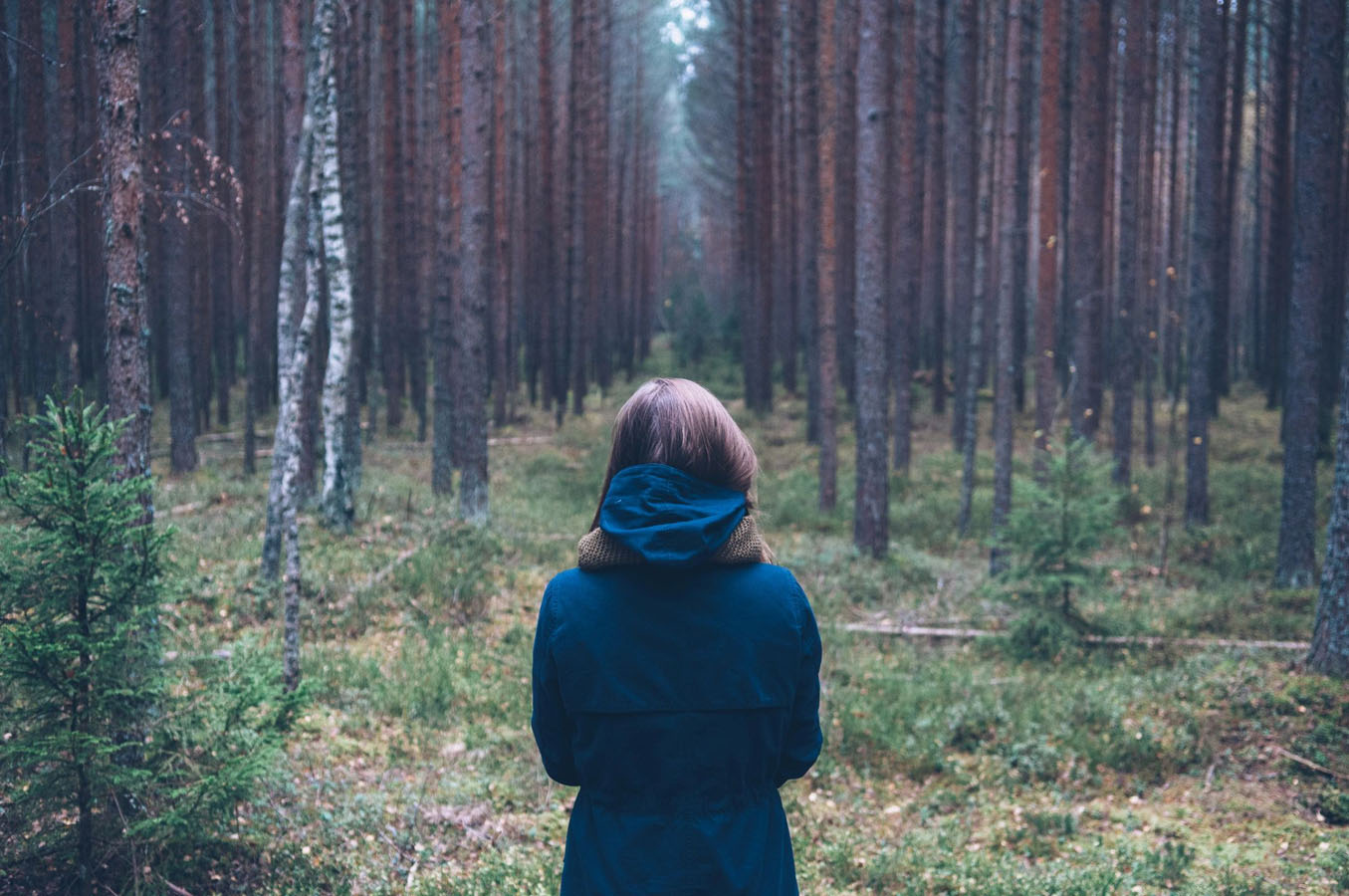Seasonal Affective

By: Lexxy Trujillo, Masters Level Intern
Pumpkin patches, cozy cardigans, and warm lattes. With the end of the vibrant summer comes the sweater weather of fall. But as we welcome in fall, we must say goodbye to the bright days of summer, and it entails. The warm hug of sun rays, time spent with loved ones, endless outdoor activities to enjoy, and seemingly longer lasting days. We find ourselves losing daylight, bundling up to maintain warmth, as well as reducing time spent outside and with others. With these changes, you may find yourself feeling different. These changes to life may bring about feelings of isolation, loss of interest, lethargy, fatigue, and hopelessness. People may begin to additionally experience sleep disturbances and appetite disturbances. Overall, people may generally feel down and unlike their usual selves in the changing of seasons.
With the lack of sun and change in environment, these changes have more to simply do with general stress you may already be experiencing. While Seasonal Affective Disorder (SAD) can occur during the transitions into spring and summer, it commonly occurs during the transitions into fall and winter. This goes beyond changes in routine and surroundings. Studies have shown that lack of vitamin D and sunlight, greatly increases one’s chances of developing SAD. Further studies have supported this statement by stating that individuals living in colder climate states and receive less sunlight throughout the year are more likely to develop SAD, as opposed to those in warmer climate states and receive more sunlight throughout the year.
So, how can we alleviate SAD? A few evidence-based recommendations include:
Light Therapy
Exposes individuals to artificial bright light, on a routine daily basis, in order to compensate for the lack of natural sunlight available during the fall and winter months.
Chronotherapy
Adjusts sleep cycles, in order to maximize natural sunlight exposure and maintain structure to optimize sleep habit structures.
CBT-SAD
A form of psychotherapy, rooted in CBT, which has been utilized to treat Major Depressive Disorder (MDD) as well as other disorders, that has been adjusted to treat the unique circumstances and struggles related to SAD.
SSRIs
A medicinal route, that has been utilized to treat Major Depressive Disorder as well as other disorders, by increasing the levels of serotonin in the brain.
Vitamin D
Supplements that aim to restore levels of vitamin D lost due to the lack of such received by the lack of natural sunlight received.
As everyone’s experiences, symptoms, and preferences are different, finding a personal treatment plan for SAD that best aligns with you may be difficult to manage by oneself. If you are feeling lost or are struggling with symptoms such as those mentioned earlier, it may be beneficial to speak to a local counselor knowledgeable in SAD to discuss your concerns and possibly construct plans together.

